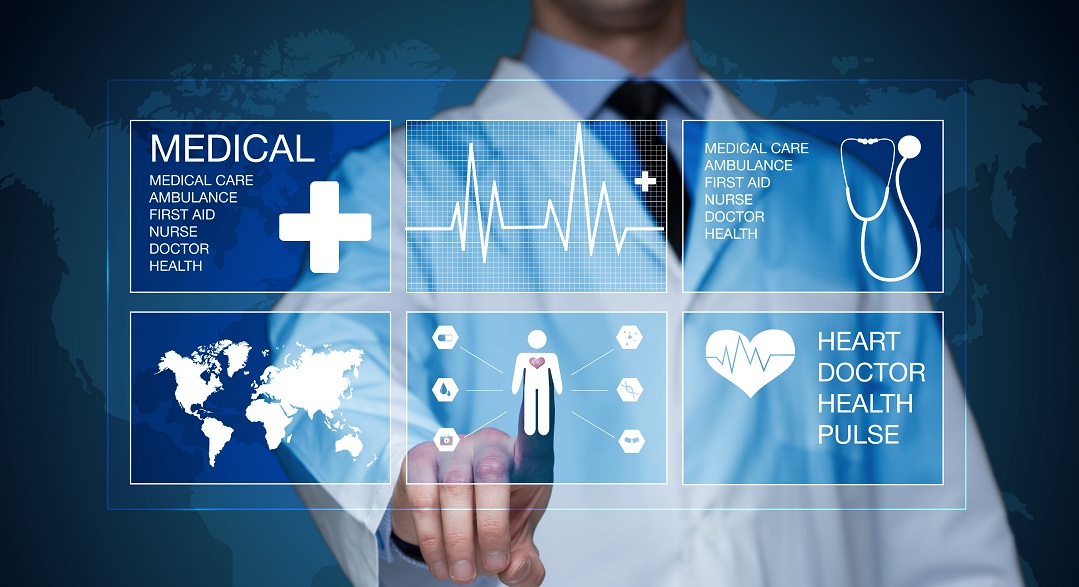BLOG
Interactive Tech for Events
Demonstrating the Merits of Touchscreens in Healthcare
Over the past five years, touchscreens have become an increasingly familiar site in GP surgeries, walk-in clinics and hospital departments across the UK.
As the NHS has turned to digital technology in search of solutions to the conundrums of spiralling costs and rocketing demand, touchscreens have come to play a key role on the frontline of healthcare delivery.
From tablets carried by practitioners to log patient data on the move as they do their rounds, to self-service kiosks where patients can tap in for appointments, order repeat prescriptions or run though simple self-diagnosis, the use of touchscreens across healthcare has a set of common aims – to improve operational efficiency, save time and therefore cut costs.
There is another area where touchscreens have become increasingly noticeable in the healthcare profession. If you attend a medical conference or exhibition, you are nowadays likely to see an array of large scale touchscreens being used for everything from providing interactive information resources to collecting feedback from delegates.
Deployed at healthcare sector events, touchscreens play a dual role. As at any type of event, they provide a useful multimedia display resource which is proven to boost audience engagement. But at the same time, in the context of the medical profession, using touchscreens at events is also an ideal way to demonstrate the benefits of the latest digital tech solutions for healthcare delivery.
Touchscreens in healthcare
Here are some of the common uses touchscreens are put to in healthcare settings:
- Digital reception desks where patients can check in for or book appointments.
- Patient information kiosks, which might cover everything from looking up local clinics and support resources to finding their way around a large hospital site.
- Self-diagnosis and E-triage, where patients input details about their symptoms and the system recommends next steps and pathway processing.
- Patient feedback, allowing service users to share their thoughts and rate their experiences in a convenient, discreet manner.
Used at healthcare events and exhibitions, touchscreens can be used to replicate all of these functions, demonstrating to professionals the potential benefits to their practice and their patients. Interactive kiosks can be used to provide information about program schedules and give directions to events spaces, or to allow delegates to register for workshops or give feedback to organisers, helping practitioners to understand better how touchscreens can contribute to the patient experience.
Perhaps most significantly, touchscreens are ideal for sharing information about new digital systems with events delegates. In one project we worked on, we supplied 46” touchscreens to the South West Academic Health Science Network (SWAHSN) for an event it was attending. The touchscreens were used to demonstrate the new Models of Care Portal, an online resource aimed at encouraging NHS professionals to share knowledge and examples of best practice.
Via the touchscreens, events delegates got direct, hands-on experience of using the portal the way they would be able to access it back in their own surgery or clinic. Rather than a formal demonstration given to an audience, the touchscreens enabled active, self-directed discovery, giving practitioners the chance to look up information most relevant to them and therefore see how it would relate to their own practice.
Want to learn more about hiring touchscreens for your next event? Contact our team today, or visit our website at https://www.touchscreenrentals.co.uk
